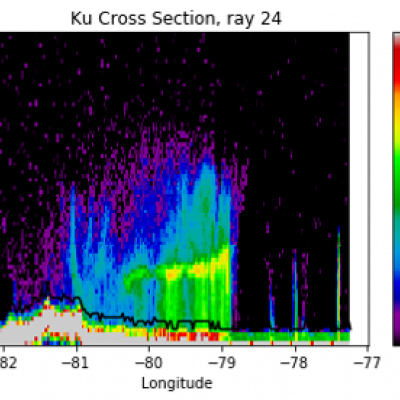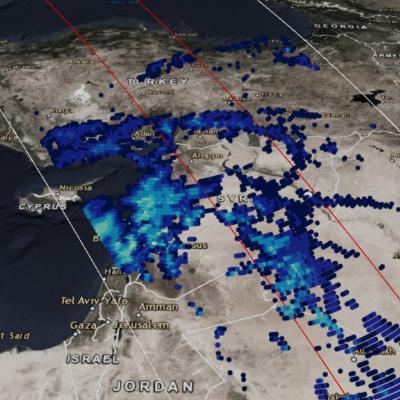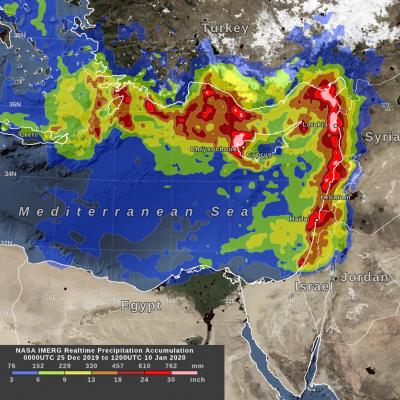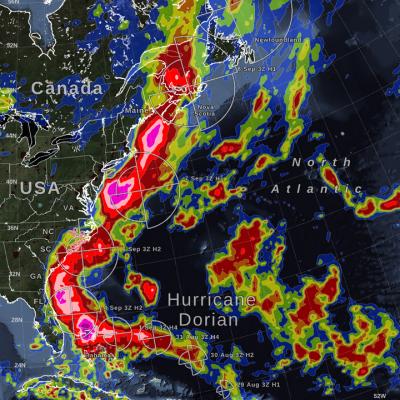Characteristics of DSD Bulk Parameters: Implication for Radar Rain Retrieval
Publication Year
Journal
atmosphere
Volume
11(6)
Page Numbers
670
DOI
10.3390/atmos11060670
Mission Affiliation
Major Category






